Home>Gardening & Outdoor>Landscaping Ideas>Why Grass Turns Brown
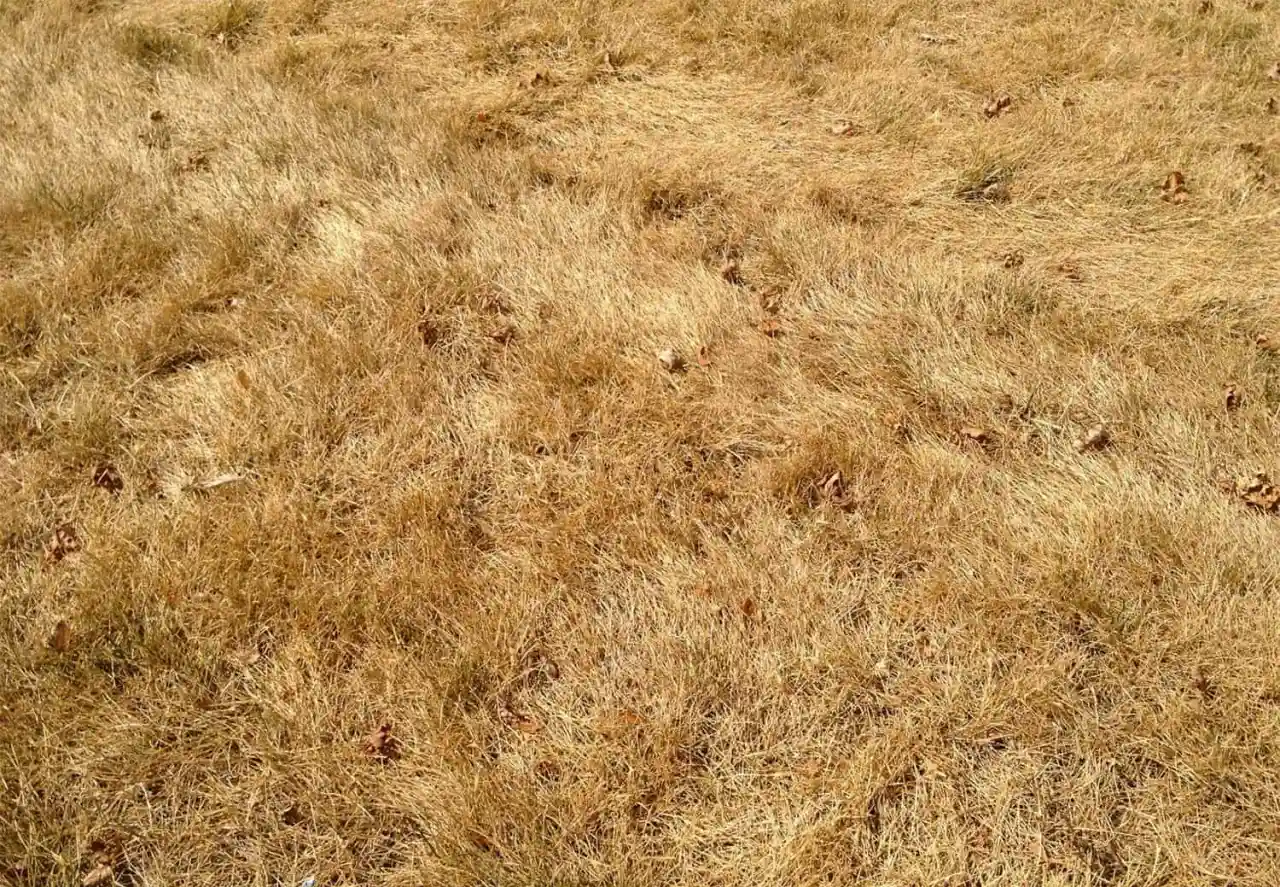

Landscaping Ideas
Why Grass Turns Brown
Modified: March 5, 2024
Discover expert landscaping ideas to prevent grass from turning brown and improve the health and appearance of your lawn. Explore effective solutions now!
(Many of the links in this article redirect to a specific reviewed product. Your purchase of these products through affiliate links helps to generate commission for Storables.com, at no extra cost. Learn more)
Introduction
Nothing beats the lush green expanse of a well-maintained lawn. However, the sight of brown patches can quickly dampen the beauty of your outdoor space. Understanding the reasons behind the browning of grass is crucial for any homeowner or landscaping enthusiast. In this comprehensive guide, we’ll delve into the various factors that can lead to the discoloration of grass, from environmental influences to maintenance practices. By gaining insight into these causes, you’ll be better equipped to nurture a vibrant and healthy lawn that remains the envy of the neighborhood.
Key Takeaways:
- Grass turns brown due to factors like lack of water, overwatering, soil compaction, and insect infestation. Understanding and addressing these issues can help maintain a vibrant, healthy lawn.
- Proper watering, soil aeration, and vigilant pest management are essential for preventing grass browning. Embracing these practices can nurture a resilient, lush green lawn.
Read more: Why Is My Dwarf Hair Grass Turning Brown
What Causes Grass to Turn Brown
Grass turning brown can be a source of frustration for many homeowners, but it’s essential to recognize that this discoloration is often a symptom of an underlying issue. Several factors can contribute to the browning of grass, ranging from environmental influences to maintenance practices. By understanding these causes, you can take proactive measures to address the problem and restore the verdant allure of your lawn.
Let’s explore the diverse array of reasons behind the browning of grass, encompassing both natural and human-induced factors. From inadequate watering to soil compaction, each element plays a role in the overall health and appearance of your lawn. By delving into these causes, you’ll be empowered to implement targeted solutions that promote the rejuvenation of your grass and ensure its long-term vitality.
Environmental Factors
Environmental factors can significantly impact the color and health of your grass. Exposure to excessive heat, prolonged periods of drought, and harsh climatic conditions can all contribute to the browning of your lawn. When faced with scorching temperatures and inadequate moisture, grass often enters a state of dormancy as a survival mechanism, leading to a faded, brownish appearance. Additionally, the presence of heavy shade in certain areas of the lawn can impede the grass’s access to sunlight, hindering its ability to maintain a vibrant green hue.
To mitigate the impact of environmental factors on your grass, consider incorporating drought-resistant grass species into your lawn. These varieties are adept at withstanding arid conditions and can retain their color and vitality even during dry spells. Furthermore, implementing strategic irrigation practices and providing adequate shade management can help shield your grass from the detrimental effects of extreme weather and limited sunlight.
Understanding the environmental dynamics at play in your local region is pivotal for preserving the health and vibrancy of your lawn. By adapting your lawn care strategies to suit the prevailing climate and environmental conditions, you can fortify your grass against browning and cultivate a resilient, enduring expanse of greenery.
Lack of Water
One of the primary culprits behind the browning of grass is a lack of adequate water. Insufficient moisture can swiftly take a toll on the health and appearance of your lawn, causing the grass to lose its lush green color and become desiccated. When deprived of water, grass blades begin to wilt and eventually turn brown as a result of cellular damage and dehydration.
To counteract the detrimental effects of water scarcity, it’s crucial to establish a consistent and thorough watering regimen for your lawn. This entails ensuring that the grass receives a sufficient amount of water, particularly during dry spells or periods of high heat. Deep, infrequent watering is generally more effective than frequent, shallow watering, as it encourages the development of robust root systems that can better withstand drought conditions.
Moreover, the timing of watering plays a pivotal role in preserving the vibrancy of your grass. Watering your lawn in the early morning allows the grass to absorb moisture before the sun’s intensity increases, reducing the risk of evaporation and ensuring optimal hydration. By prioritizing proper irrigation practices and remaining attentive to the moisture needs of your grass, you can safeguard it against the detrimental effects of water deprivation and sustain its verdant allure.
Overwatering
While inadequate water can lead to the browning of grass, overwatering poses an equally significant threat to the health and vibrancy of your lawn. Excessive moisture can saturate the soil, suffocating the grass roots and impeding their access to essential oxygen. As a result, the grass may exhibit signs of stress, such as browning and a spongy texture, indicative of root rot and waterlogged conditions.
To mitigate the risks associated with overwatering, it’s essential to strike a balance and adopt a mindful approach to irrigation. Rather than adhering to a rigid schedule, evaluate the moisture needs of your lawn based on environmental factors, soil composition, and grass type. Implementing aeration practices, such as core aeration, can also enhance soil drainage and prevent water from accumulating on the surface, thereby safeguarding the health and color of your grass.
By exercising prudence and attentiveness in your watering practices, you can shield your lawn from the detrimental effects of overwatering and foster an environment that promotes the enduring vibrancy and resilience of your grass.
Water your grass deeply and less frequently to encourage deep root growth, which can help prevent browning during dry periods.
Soil Compaction
Soil compaction can exert a significant influence on the health and appearance of your grass, contributing to its browning and diminished vitality. When the soil becomes compacted, it impedes the circulation of air, water, and nutrients, thereby compromising the overall well-being of the grass. This compaction often occurs in high-traffic areas or regions where heavy machinery exerts pressure on the soil, leading to a reduction in pore space and increased soil density.
To address soil compaction and alleviate its impact on your lawn, consider implementing targeted solutions such as core aeration. This process involves perforating the soil with small holes to enhance air and water penetration, alleviate compaction, and stimulate root development. By facilitating improved soil structure and nutrient uptake, core aeration can revitalize your grass and mitigate the effects of soil compaction, fostering a vibrant and resilient lawn.
Furthermore, incorporating organic matter into the soil can bolster its composition and mitigate the risks associated with compaction. Organic amendments, such as compost and humus, enhance soil structure, promote microbial activity, and bolster the soil’s capacity to support healthy grass growth. By prioritizing soil health and implementing measures to alleviate compaction, you can fortify your lawn against browning and nurture a luxuriant expanse of greenery.
Fungal Diseases
Fungal diseases pose a pervasive threat to the vitality and aesthetic appeal of grass, often manifesting as unsightly brown patches and irregular discoloration. These diseases can proliferate under conditions of excessive moisture, poor air circulation, and compromised grass health, leading to the browning and deterioration of the lawn. Common fungal culprits include dollar spot, brown patch, and fusarium blight, each presenting distinct symptoms and requiring targeted management strategies.
To mitigate the impact of fungal diseases on your grass, it’s essential to adopt proactive measures that promote a healthy and resilient lawn. Implementing proper lawn care practices, such as mowing at the appropriate height, ensuring adequate air circulation, and avoiding excessive nitrogen fertilization, can bolster the grass’s natural defenses against fungal pathogens. Additionally, targeted fungicidal treatments and the removal of thatch can help curb the spread of fungal diseases and restore the vibrancy of your lawn.
By remaining vigilant and responsive to the signs of fungal infestation, you can safeguard your grass against the browning and deterioration associated with these detrimental diseases, fostering a lush and enduring expanse of greenery.
Insect Infestation
Insect infestations can wreak havoc on the health and appearance of your lawn, often resulting in patches of discolored, brown grass. Pests such as grubs, chinch bugs, and armyworms can voraciously feed on the grass roots and blades, causing extensive damage and compromising the grass’s ability to maintain its vibrant green color. Additionally, the secretion of toxic substances by certain insects can further exacerbate the browning and deterioration of the grass.
To combat insect infestations and protect your grass from browning, it’s essential to implement integrated pest management strategies that prioritize preventative measures and targeted interventions. This may involve the application of insecticidal treatments, the promotion of natural predators, and the cultivation of a healthy soil ecosystem that fortifies the grass against pest damage. Regular monitoring of your lawn for signs of insect activity, such as thinning grass and irregular patches, can enable early detection and prompt intervention, mitigating the impact of infestations and preserving the lush green allure of your lawn.
By adopting a proactive approach to pest management and remaining attuned to the signs of insect infestation, you can safeguard your grass against browning and nurture a resilient, thriving lawn that enhances the beauty of your outdoor space.
Improper Mowing
The manner in which you mow your lawn can significantly influence the health and appearance of your grass, with improper mowing practices often contributing to the browning and diminished vitality of the turf. Mowing at excessively low heights, known as scalping, can stress the grass and impede its capacity to photosynthesize and maintain a healthy, green color. Conversely, infrequent mowing can lead to the accumulation of excessively long grass blades, hindering air circulation and promoting the development of thatch, which can contribute to browning and reduced vigor.
To counteract the detrimental effects of improper mowing, it’s essential to adhere to best practices that promote the health and resilience of your grass. This includes maintaining the appropriate mowing height for your grass species, ensuring that no more than one-third of the grass blade is removed with each mowing session. Additionally, sharpening mower blades to achieve clean cuts and avoiding mowing wet grass can mitigate stress and prevent the browning and deterioration associated with improper mowing.
By prioritizing prudent mowing practices and tailoring your approach to suit the specific needs of your grass, you can foster a vibrant, luxuriant lawn that remains resilient against browning and retains its captivating allure.
Read more: Why Are Mums Turning Brown
Conclusion
Understanding the diverse array of factors that can lead to the browning of grass is pivotal for nurturing a healthy, vibrant lawn that enhances the beauty of your outdoor space. From environmental influences such as extreme heat and inadequate moisture to maintenance practices like improper mowing and overwatering, each element plays a role in shaping the color and vitality of your grass. By delving into these causes and their respective solutions, you can empower yourself to implement targeted measures that promote the rejuvenation and enduring vibrancy of your lawn.
Embracing strategic irrigation practices, such as deep, infrequent watering and early morning watering sessions, can mitigate the impact of water scarcity and overwatering, safeguarding your grass against browning and desiccation. Additionally, addressing soil compaction through core aeration and enriching the soil with organic matter can bolster the grass’s capacity to thrive and maintain its lush green color.
Vigilance in monitoring and addressing fungal diseases and insect infestations can further fortify your lawn against the detrimental effects of these pervasive threats, preserving its health and allure. Finally, embracing proper mowing practices that prioritize the health and resilience of your grass can mitigate stress and promote a vibrant, enduring expanse of greenery.
By integrating these insights and practices into your lawn care regimen, you can cultivate a resilient, thriving lawn that remains a source of pride and beauty, captivating all who behold it with its lush, verdant allure.
Frequently Asked Questions about Why Grass Turns Brown
Was this page helpful?
At Storables.com, we guarantee accurate and reliable information. Our content, validated by Expert Board Contributors, is crafted following stringent Editorial Policies. We're committed to providing you with well-researched, expert-backed insights for all your informational needs.
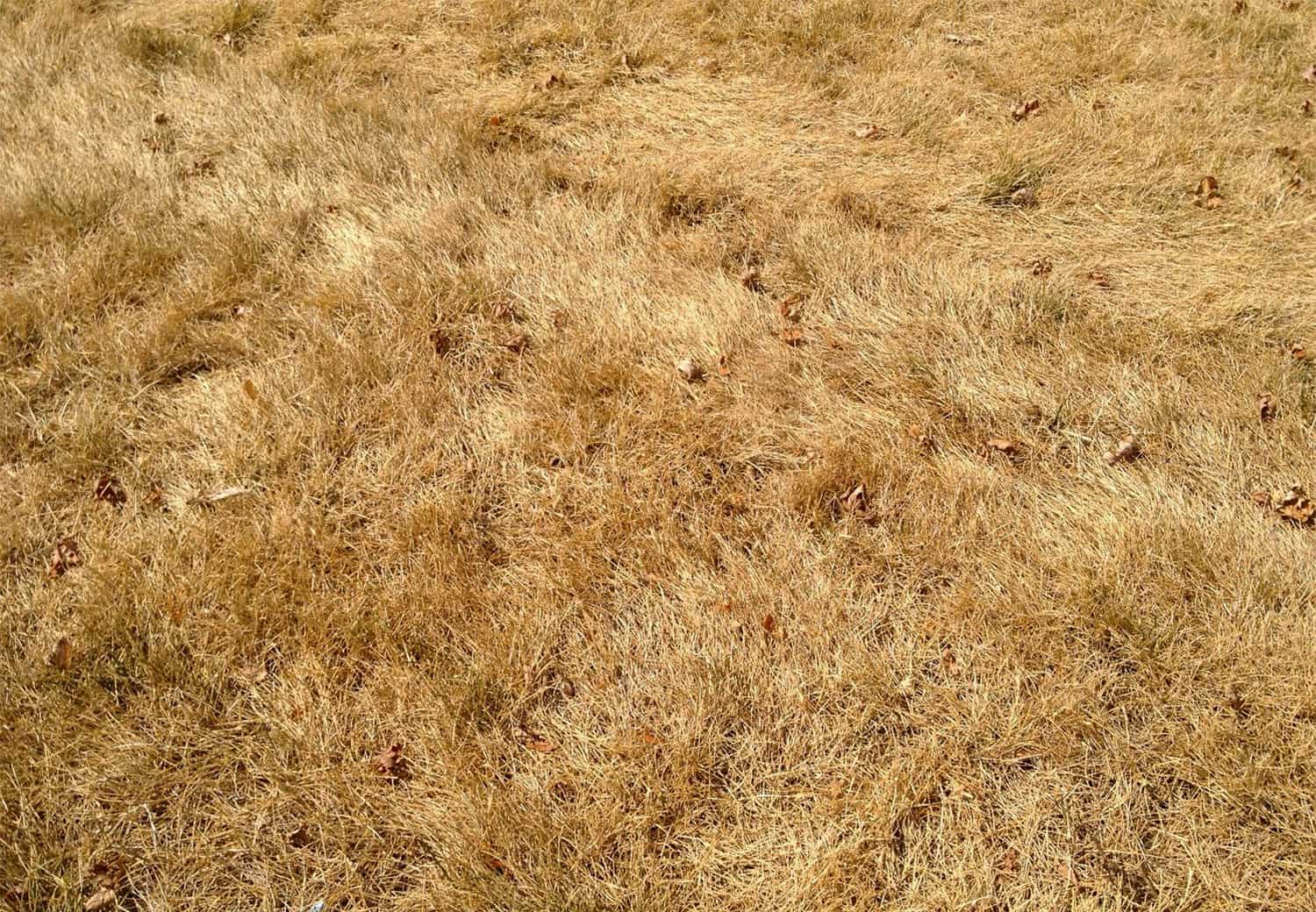
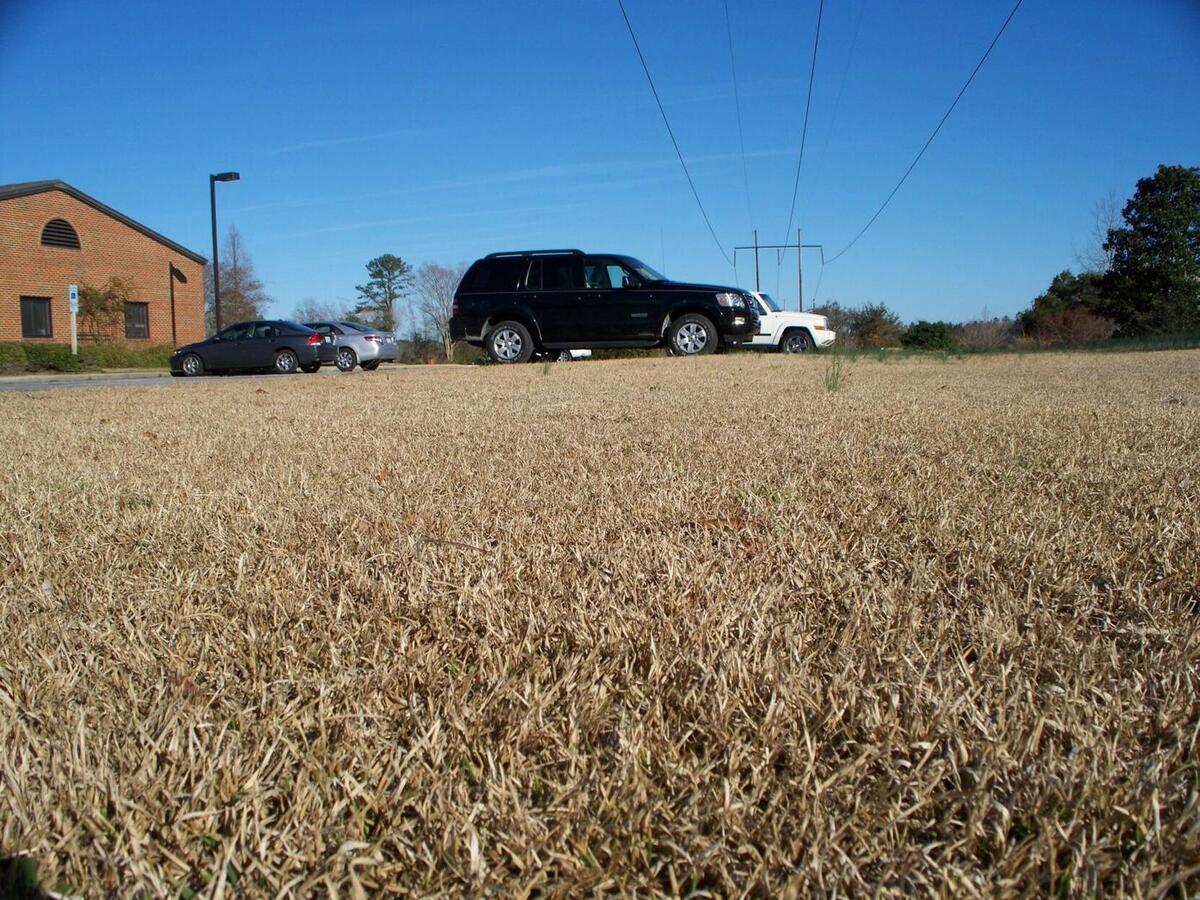
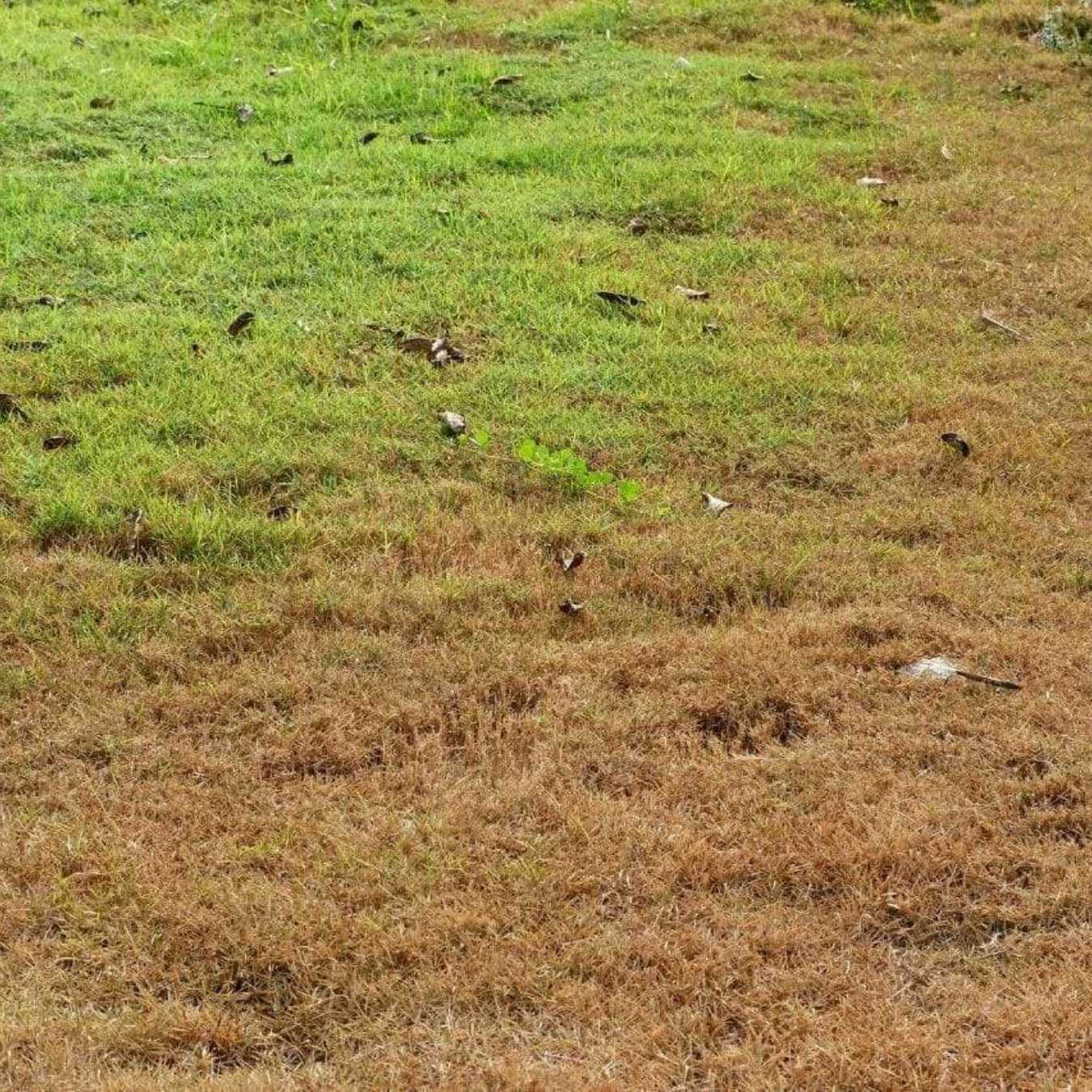
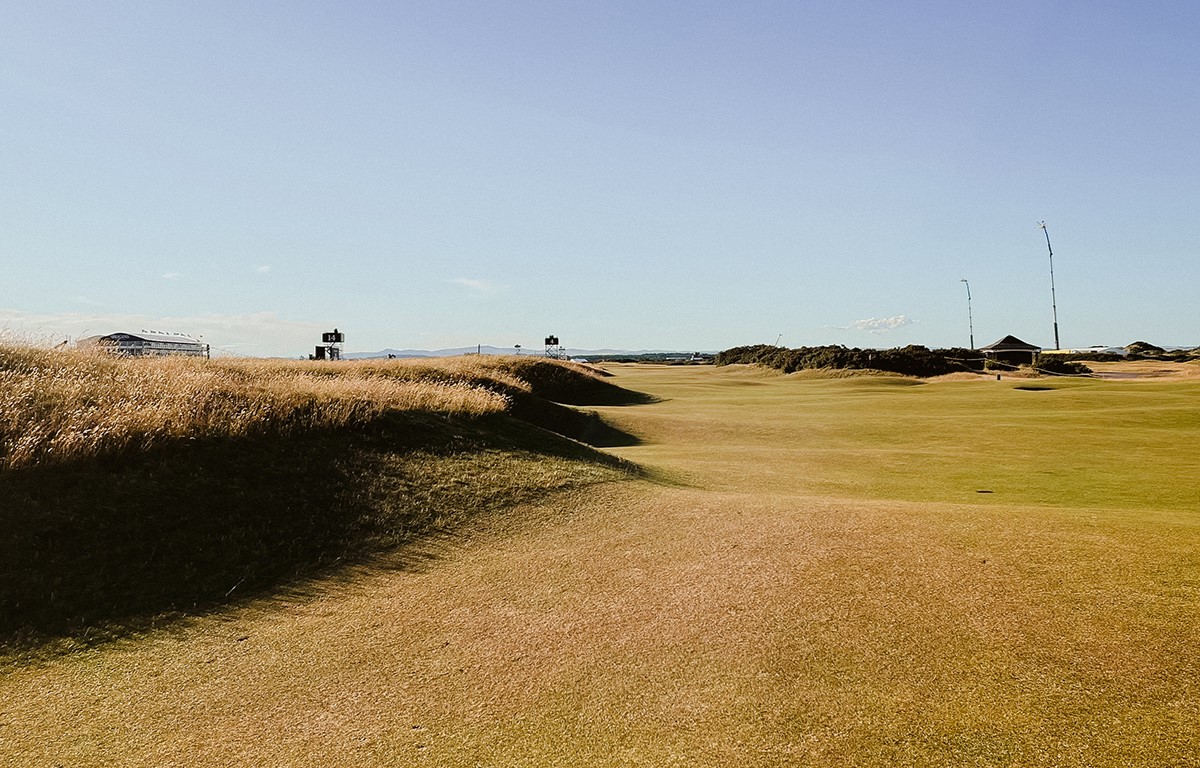
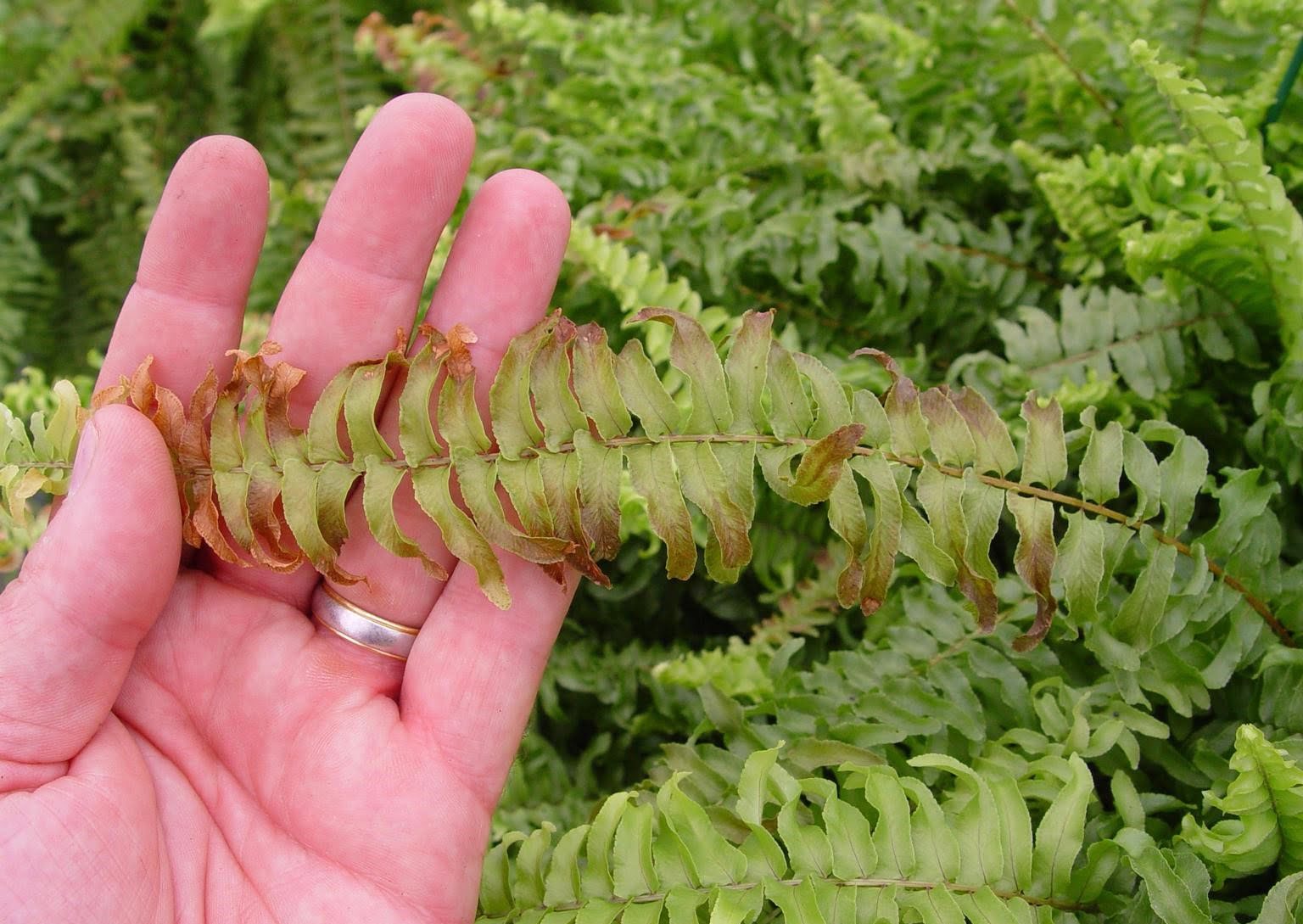
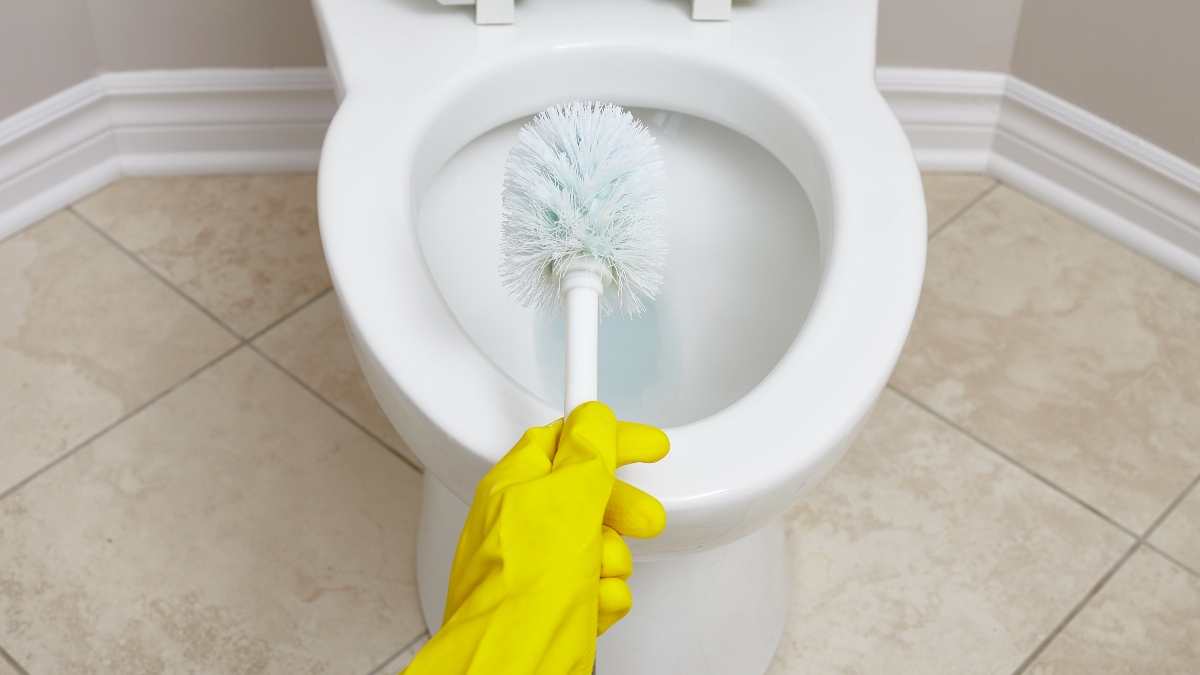
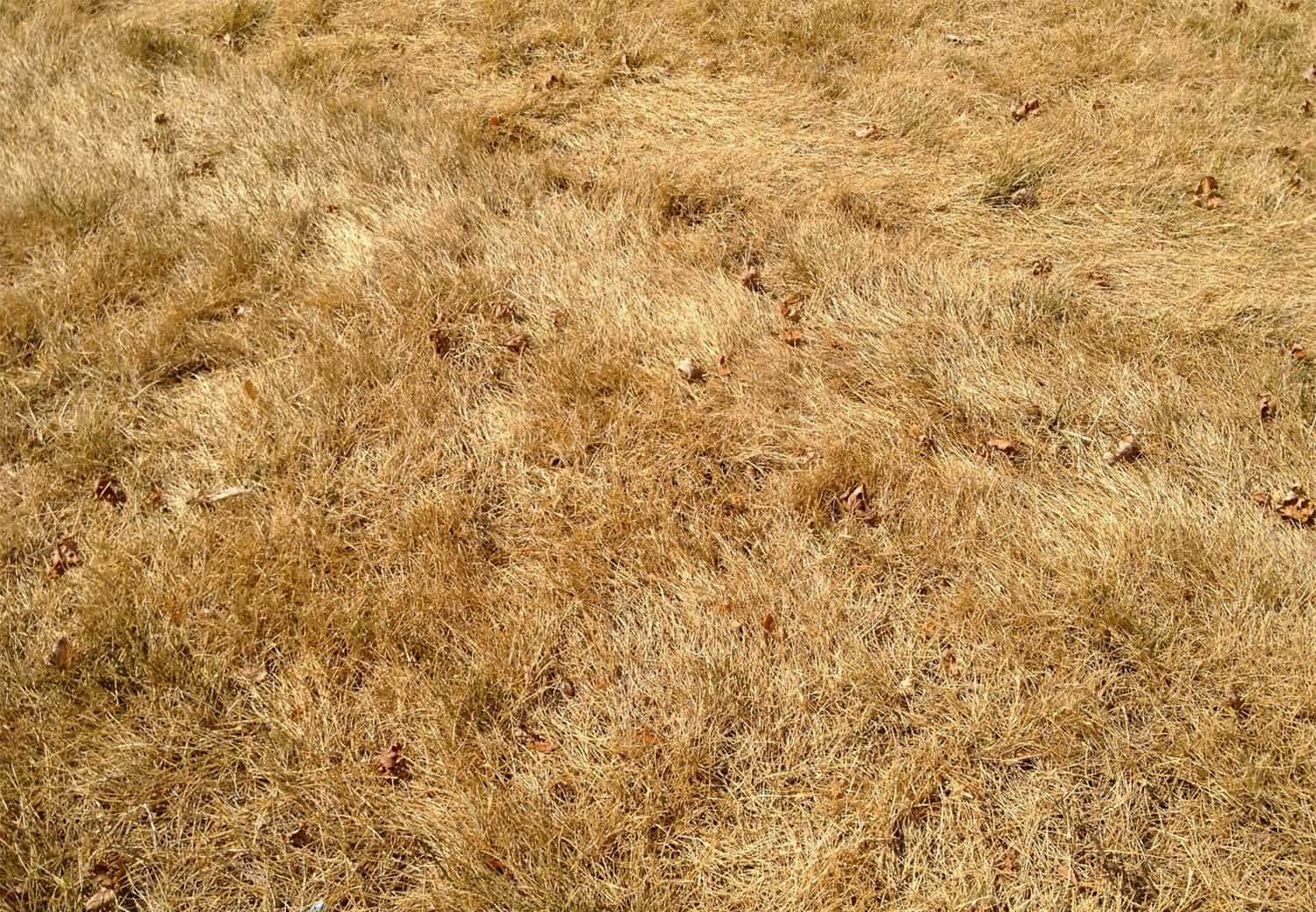
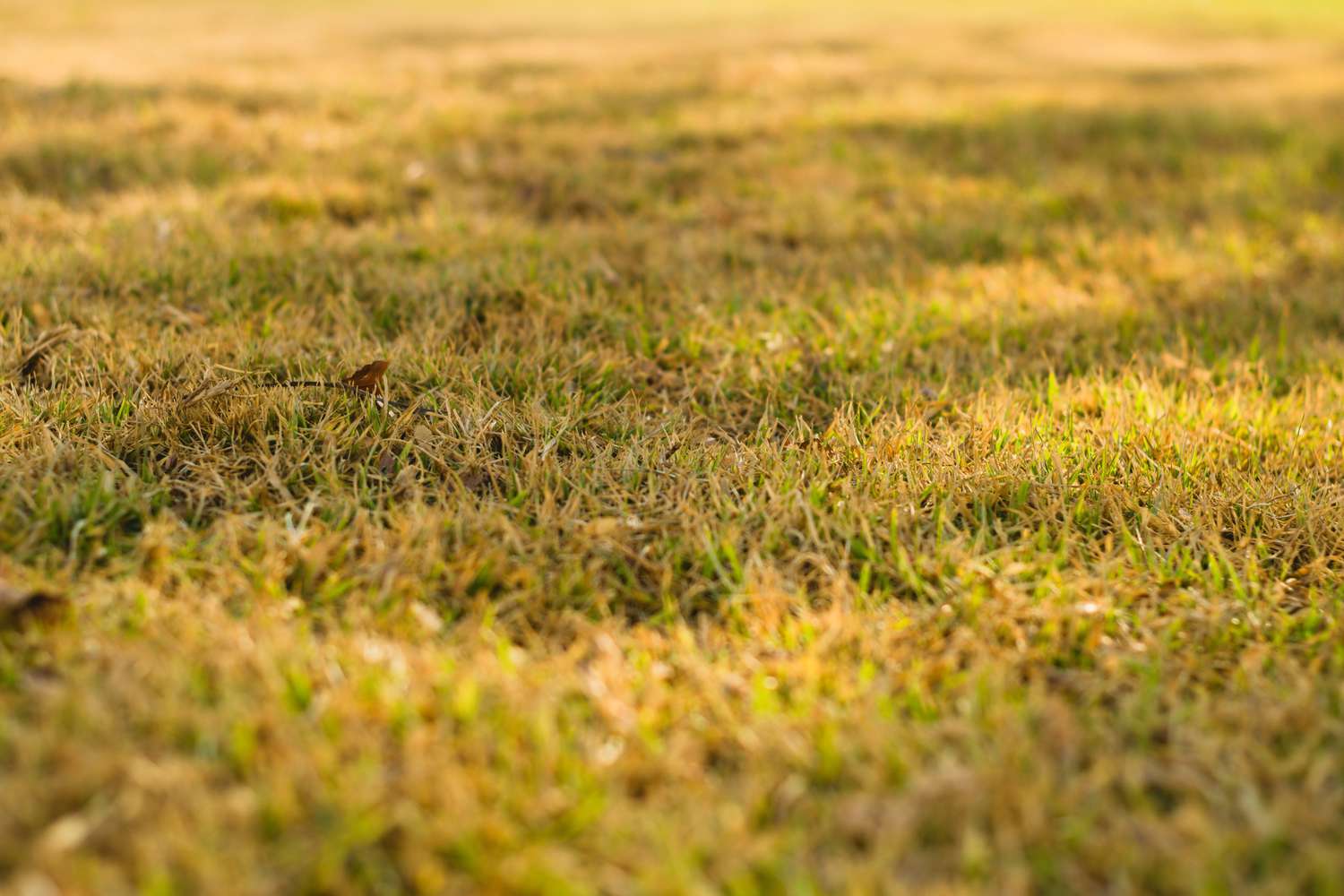
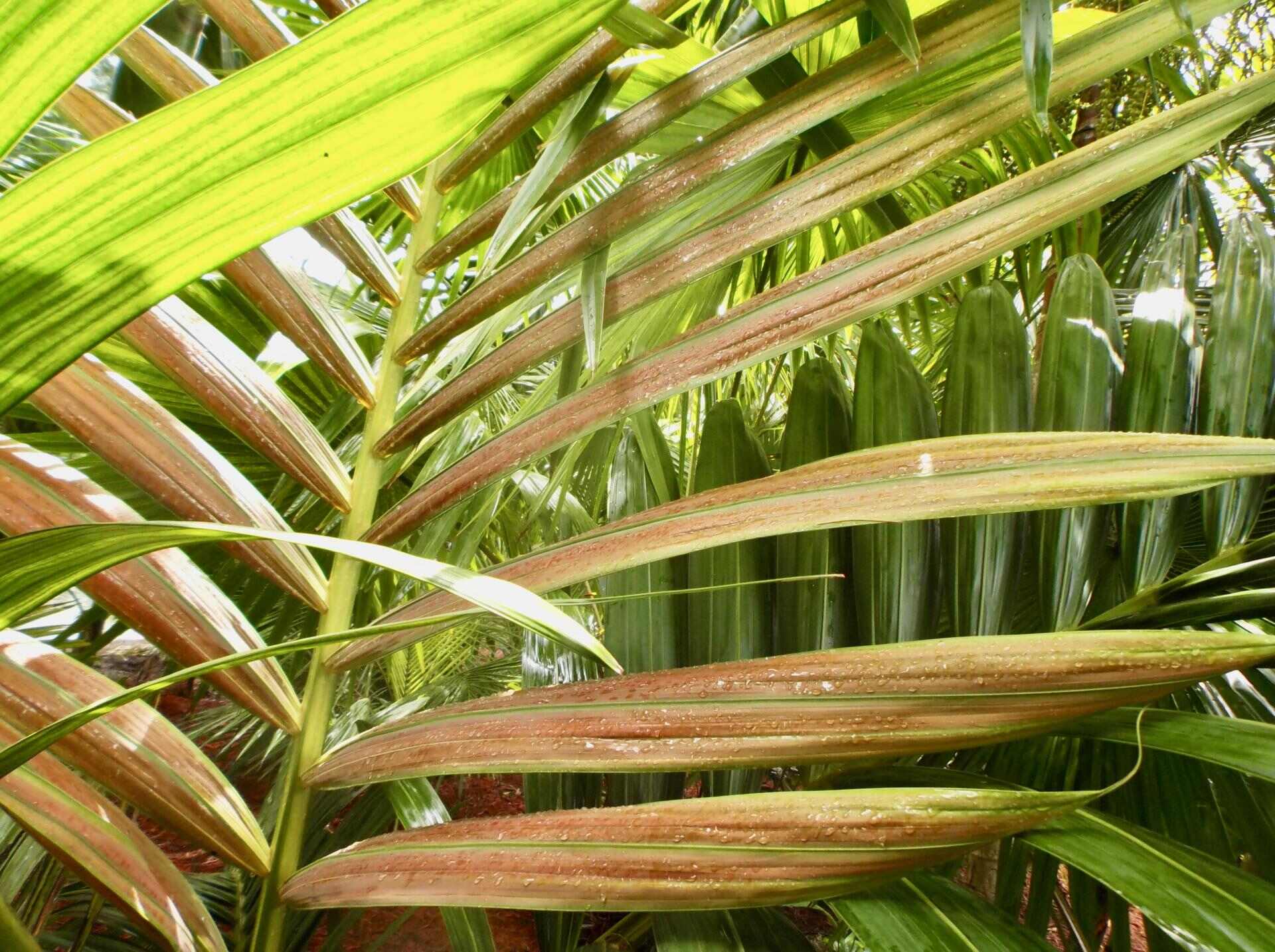
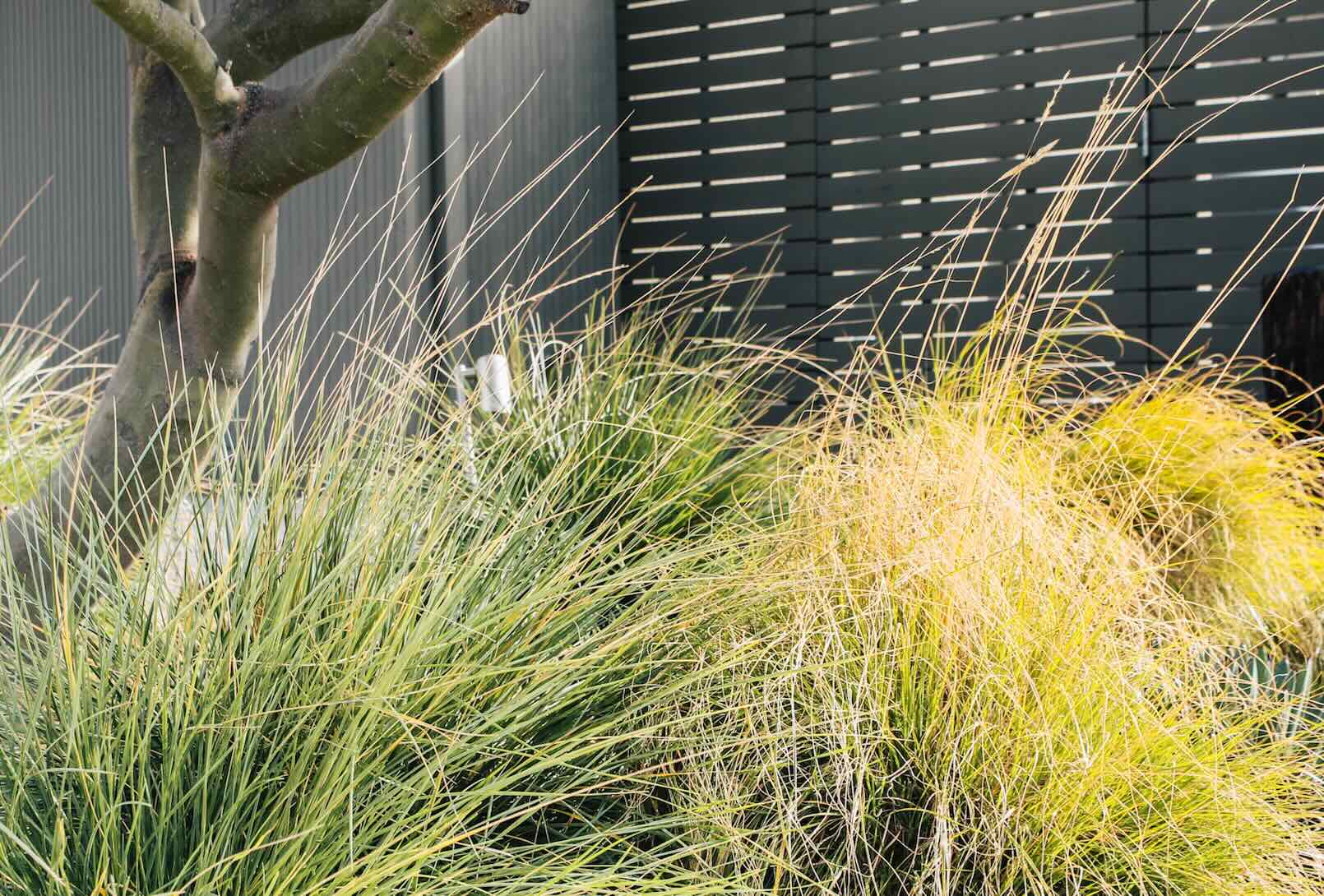
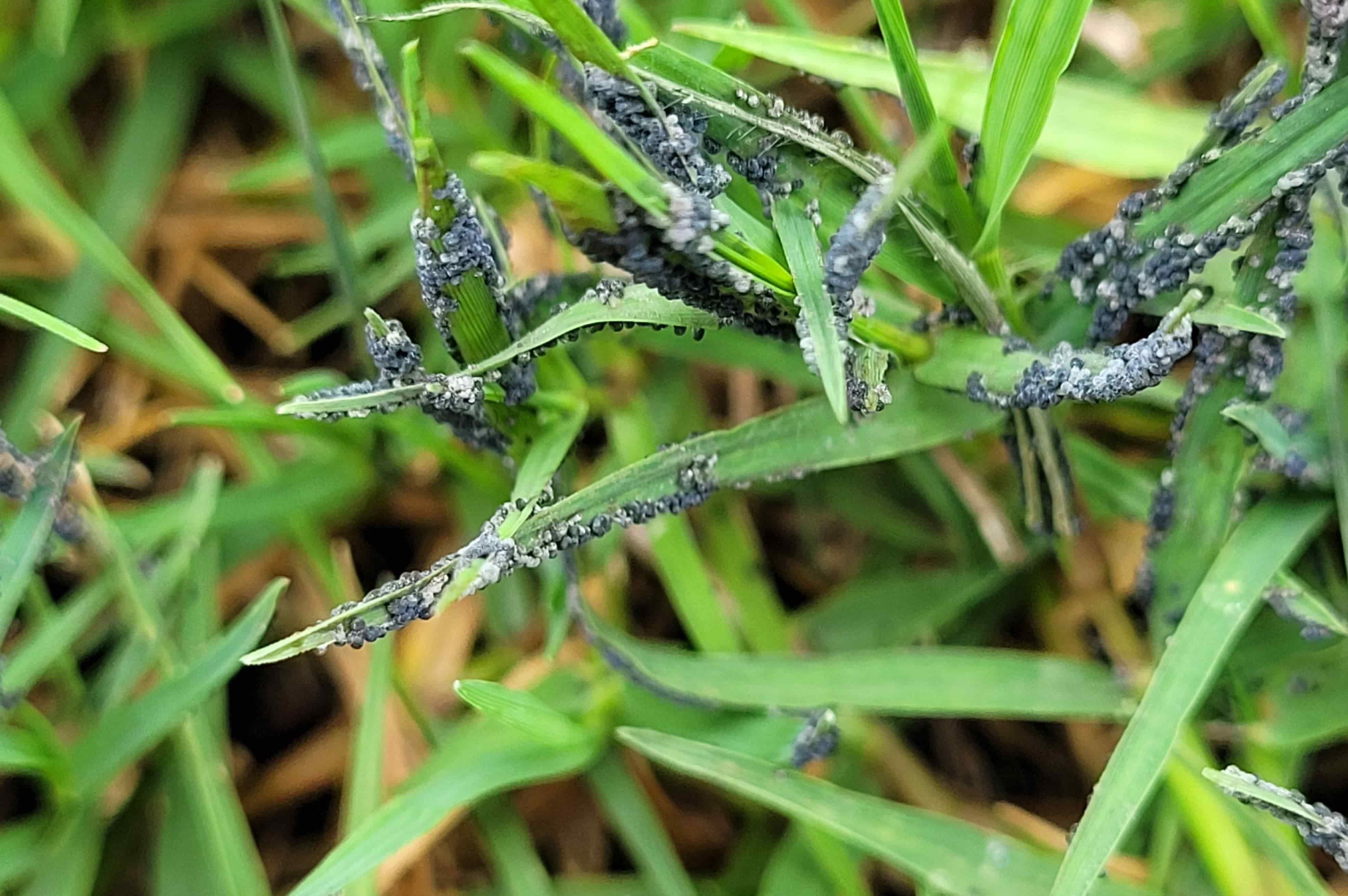
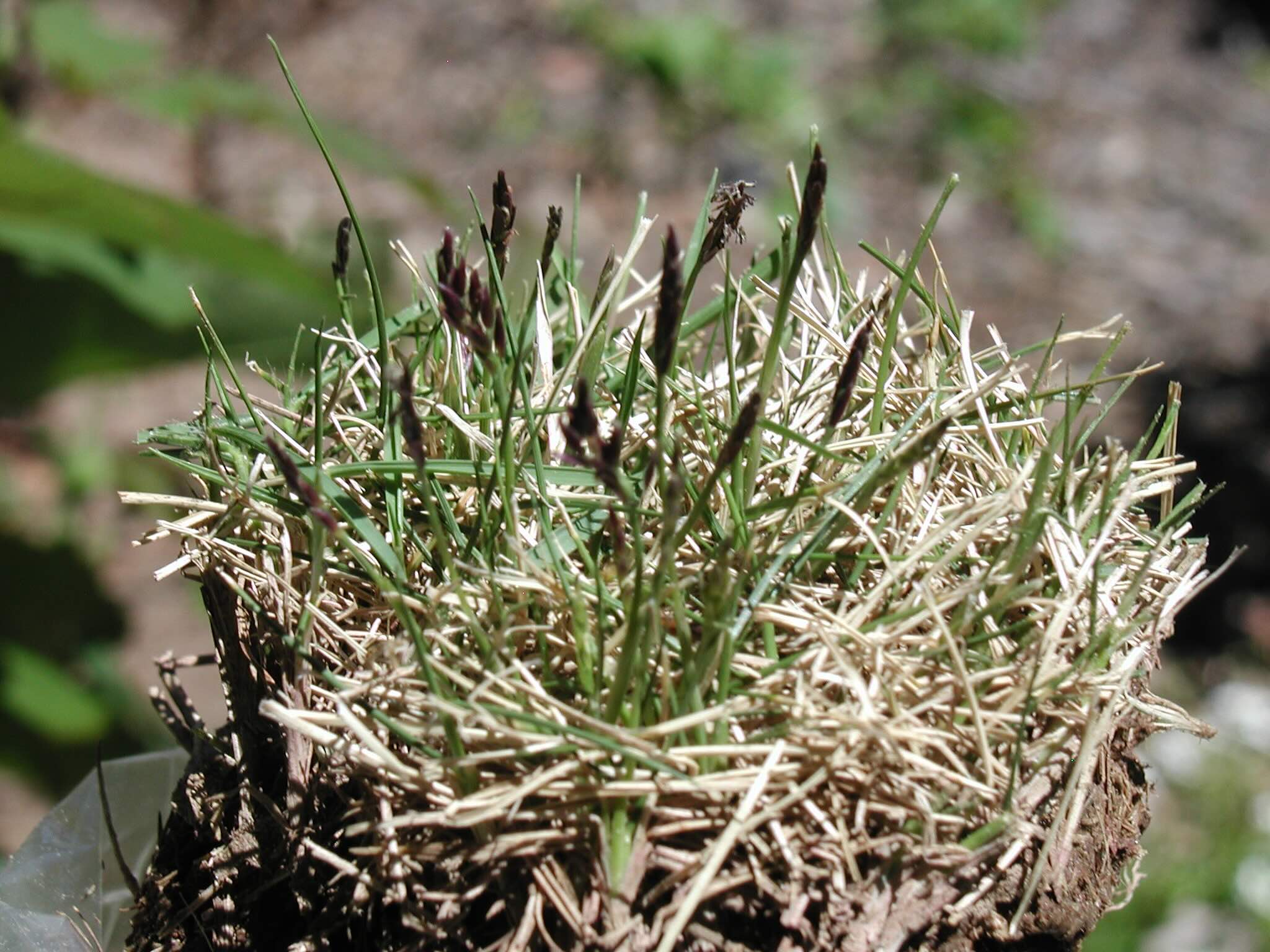
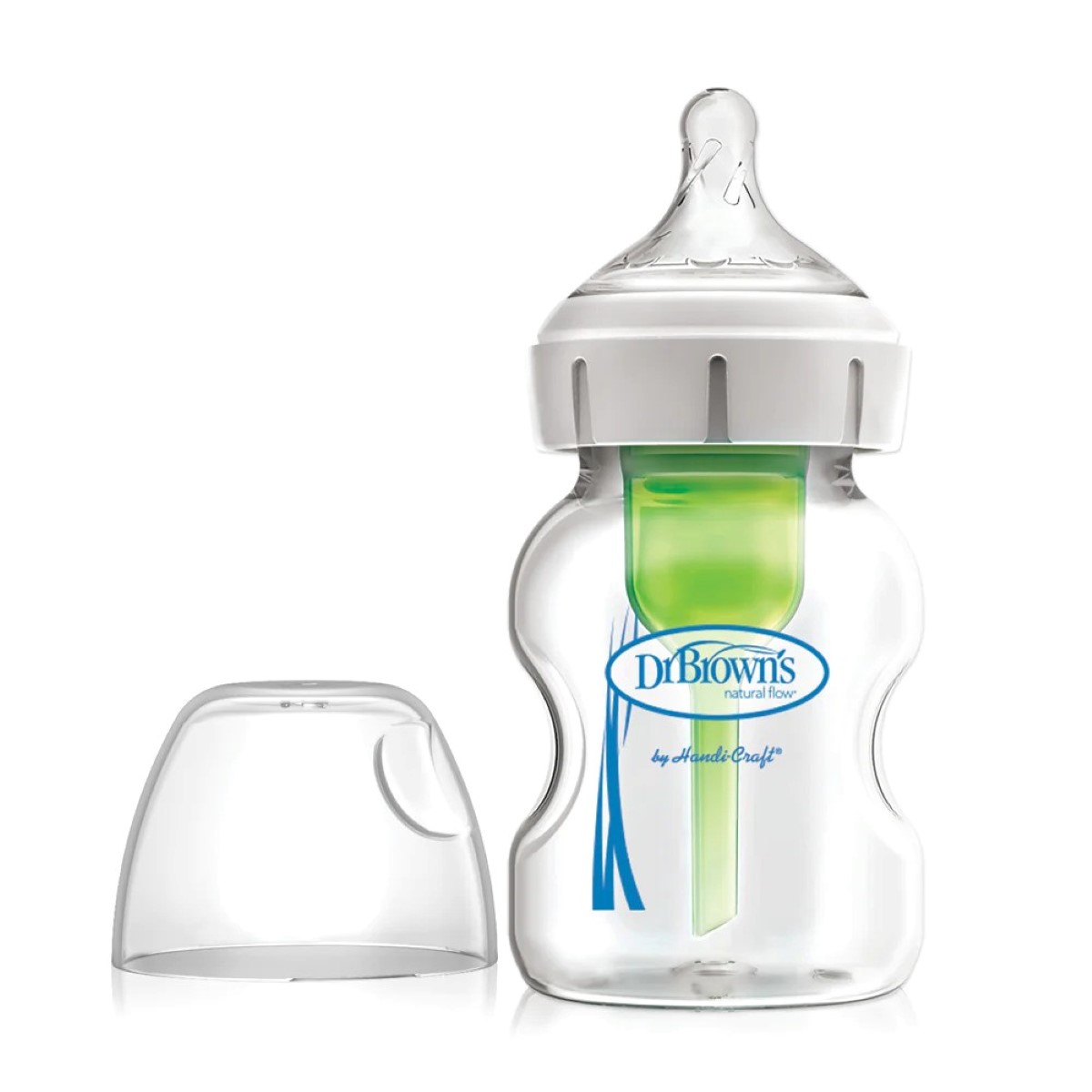

0 thoughts on “Why Grass Turns Brown”